

| Region rejsu : Azja, Rejsy po Pacyfiku |
| Firma : Costa Cruises |
| Statek : Costa Serena |
| Data rozpoczęcia : pt. 26 gru 2025 |
| Data zakończenia : pt. 23 sty 2026 |
| Liczba nocy : 28 nocy |
| Dzień | Data | Port | Wypłynięcie | Odpłynięcie |
|---|---|---|---|---|
| 1 | 26.12 pt. | Yokohama (Tokio) / Japonia | 16:00 | |
| 2 | 27.12 sob. | Kobe / Japonia | 15:00 | 23:30 |
| 3 | 28.12 niedz. | Dzień na morzu / Morze | ||
| 4 | 29.12 pon. | Nagasaki / Japonia | 08:00 | 18:00 |
| 5 | 30.12 wt. | Busan / Korea | 07:00 | 17:00 |
| 6 | 31.12 śr. | Dzień na morzu / Morze | ||
| 7 | 1.01 czw. | Dzień na morzu / Morze | ||
| 8 | 2.01 pt. | Hongkong / Chiny | 10:00 | 22:00 |
| 9 | 3.01 sob. | Dzień na morzu / Morze | ||
| 10 | 4.01 niedz. | Nya Chang / Vietnam | 13:00 | 20:00 |
| 11 | 5.01 pon. | Phu My / Vietnam | 14:00 | 23:00 |
| 12 | 6.01 wt. | Dzień na morzu / Morze | ||
| 13 | 7.01 śr. | Wyspa Samui / Koh Samui / Thailand | 09:00 | 18:00 |
| 14 | 8.01 czw. | Dzień na morzu / Morze | ||
| 15 | 9.01 pt. | Singapur / Singapur | 08:00 | 18:00 |
| 16 | 10.01 sob. | Dzień na morzu / Morze | ||
| 17 | 11.01 niedz. | Bandar-Seri-Begawan / Brunei | 13:00 | |
| 18 | 12.01 pon. | Bandar-Seri-Begawan / Brunei | 01:00 | |
| 19 | 13.01 wt. | Puerto Princesa, Palawan | 08:00 | 20:00 |
| 20 | 14.01 śr. | Dzień na morzu / Morze | ||
| 21 | 15.01 czw. | Dzień na morzu / Morze | ||
| 22 | 16.01 pt. | Hongkong / Chiny | 10:00 | 22:00 |
| 23 | 17.01 sob. | Dzień na morzu / Morze | ||
| 24 | 18.01 niedz. | Kilun / Indonezja | 08:00 | 17:00 |
| 25 | 19.01 pon. | Naha / Japonia | 14:30 | 23:00 |
| 26 | 20.01 wt. | Dzień na morzu / Morze | ||
| 27 | 21.01 śr. | Kagoshima / Japonia | 08:00 | 18:00 |
| 29 | 23.01 pt. | Yokohama (Tokio) / Japonia | 07:00 |
Zakwaterowanie w kabinie wybranej kategorii
Posiłki w restauracji (bufecie) w systemie „bufetowym”, obejmujące śniadania, obiady i kolacje, a także przekąski w kawiarni i pizzerii przez cały dzień. Woda, soki, herbata i kawa z automatów są dostępne w bufecie bezpłatnie przez całą dobę.
Posiłki w restauracji głównej „à la carte”. Z reguły wszystkie liniowce mają dwie lub trzy restauracje główne z menu. Dania w tych restauracjach są bardziej wyrafinowane i różnorodne niż w bufecie. Napoje zamawiane są za dodatkową opłatą.
Rozrywka na pokładzie, taka jak animacje, warsztaty mistrzowskie, aerobik, wieczorne występy w teatrze, muzyka na żywo w barach, dyskoteki.
Dostęp do wszystkich ogólnodostępnych części liniowca: centrum fitness (siłownia), baseny, jacuzzi przy basenach, park wodny, biblioteka, mini kluby dla dzieci.
Usługi edukatorów w mini klubach dla dzieci w wieku od 6 miesięcy do 17 lat
Gry na boiskach sportowych, w tym tenis, mini piłka nożna, koszykówka, badminton, mini golf i inne.
Korzystanie ze sprzętu wodnego podczas wsiadania i wysiadania w portach, jeśli statek nie wpływa do portu.
Przewóz bagażu na początku i na końcu rejsu.
W zależności od kategorii kabiny, mogą Państwo otrzymać bezpłatne usługi dodatkowe. Na przykład napoje ALL INCLUSIVE w barach i restauracjach, serwis kabinowy z bezpłatną dostawą 24 godziny na dobę, korzystanie z centrum spa.
Ważne: Costa zastrzega sobie prawo do zmiany kategorii kabiny na tę samą lub wyższą. Costa dołoży jednak wszelkich starań, aby uniknąć zmiany kategorii.
Dodatkowe koszty:
Opłata serwisowa w wysokości 11 euro za noc od osoby.
Ubezpieczenie (ubezpieczenie medyczne, ubezpieczenie od odwołania podróży)
Bilet lotniczy, transport kolejowy (koszty transportu do portu wypłynięcia i z portu przybycia statku)
Transfery (z lotniska/dworca kolejowego do portu morskiego i z powrotem)
Wycieczki
Rezerwacja hotelu przed i po rejsie, jeśli chcesz przedłużyć wakacje na lądzie.
Dodatkowo płatne na statku:
Wizyty w alternatywnych barach i restauracjach
Usługi spa, fryzjerzy, salony kosmetyczne
Usługi medyczne
Pranie, prasowanie
Kasyno
Automaty do gier itp., w zależności od konkretnego statku.
Za każdy zakup towarów na statku w barach, restauracjach, sklepach oraz usługi spa, fryzjera itp. pobierana jest dodatkowa opłata serwisowa, która wynosi średnio 15% ceny zakupu.
Plany taryfowe Costa Cruises
Costa oferuje trzy opcje taryfowe, pozwalając każdemu gościowi wybrać odpowiedni poziom komfortu i usług wliczonych w cenę:
Mój Rejs — Taryfa Podstawowa (Obecnie na stronie internetowej można zarezerwować tylko Mój Rejs).
Inne opcje taryfowe (All-Inclusive i Super All-Inclusive) są dostępne na indywidualne zamówienie u agenta podróży.
Idealne dla podróżnych ceniących elastyczność i chcących wybrać tylko te usługi, których potrzebują.
W cenie:
Zakwaterowanie w wybranej kabinie
Pełne wyżywienie: śniadanie, obiad, kolacja i przekąski
Gromadzenie punktów Costa Club
All-Inclusive — Wszystko w cenie
Komfortowa taryfa obejmująca pakiet Moje Napoje. Idealna dla tych, którzy chcą znać wszystkie swoje wydatki z wyprzedzeniem.
W cenie:
Zakwaterowanie w wybranej kabinie
Pełne wyżywienie: śniadanie, obiad, kolacja i przekąski
Pakiet Moje Napoje: nielimitowane napoje na kieliszki — wino, piwo, whisky, koktajle, napoje gorące, soki i napoje bezalkoholowe
1 butelka wody 0,5 l dziennie na osobę
Wybór godziny kolacji
Punkty Costa Club + zniżka na kolejny rejs
Jeśli Twój klient wybierze Apartament, w cenie zawarte są również:
Pakiet My Drinks Plus (zawiera napoje premium i minibar)
Całodobowa obsługa osobistego lokaja
Super All-Inclusive — Maksymalny Komfort
Najbardziej kompleksowa oferta, obejmująca napoje, posiłki i wycieczki z wielojęzycznym przewodnikiem.
W cenie:
Zakwaterowanie w wybranej kabinie
Pełne wyżywienie: śniadanie, obiad, kolacja i przekąski
Pakiet My Drinks: szeroki wybór napojów alkoholowych i bezalkoholowych
1 butelka wody 0,5 l dziennie na osobę
Pakiet My Explorations: zestaw wycieczek + zniżki na dodatkowe wycieczki
Elastyczne warunki anulacji
Wybór godziny kolacji
Punkty Costa Club + zniżka na kolejny rejs
Jeśli Twój klient wybierze Apartament, w cenie zawarte są również:
Pakiet My Drinks Plus (zawiera napoje premium) i minibar)
Całodobowa obsługa osobistego lokaja
Aby potwierdzić rezerwację, wymagany jest minimalny depozyt w wysokości 30% ceny rejsu.
Ostateczną płatność należy uiścić najpóźniej na 60 dni przed rozpoczęciem rejsu.
Po otrzymaniu depozytu lub pełnej płatności (w zależności od daty rezerwacji) otrzymają Państwo potwierdzenie.
Karty pokładowe wysyłane są 14 dni przed rozpoczęciem rejsu, po zakończeniu odprawy online.
Metody płatności:
Na fakturę
Kartą kredytową/debetową
Kary za anulowanie
Ceny MyCruise, All Inclusive, Super All Inclusive:
60 dni lub więcej przed rejsem – 100 EUR za osobę zatrzymane
59–40 dni przed rejsem – 30% całkowitego kosztu
39–25 dni przed rejsem – 55% całkowitego kosztu
24–16 dni przed rejsem – 80% całkowitego kosztu
15 dni lub mniej przed rejsem – 100% całkowitego kosztu
Cena Last Minute:
100% całkowitego kosztu rejsu pobierane od momentu rezerwacji
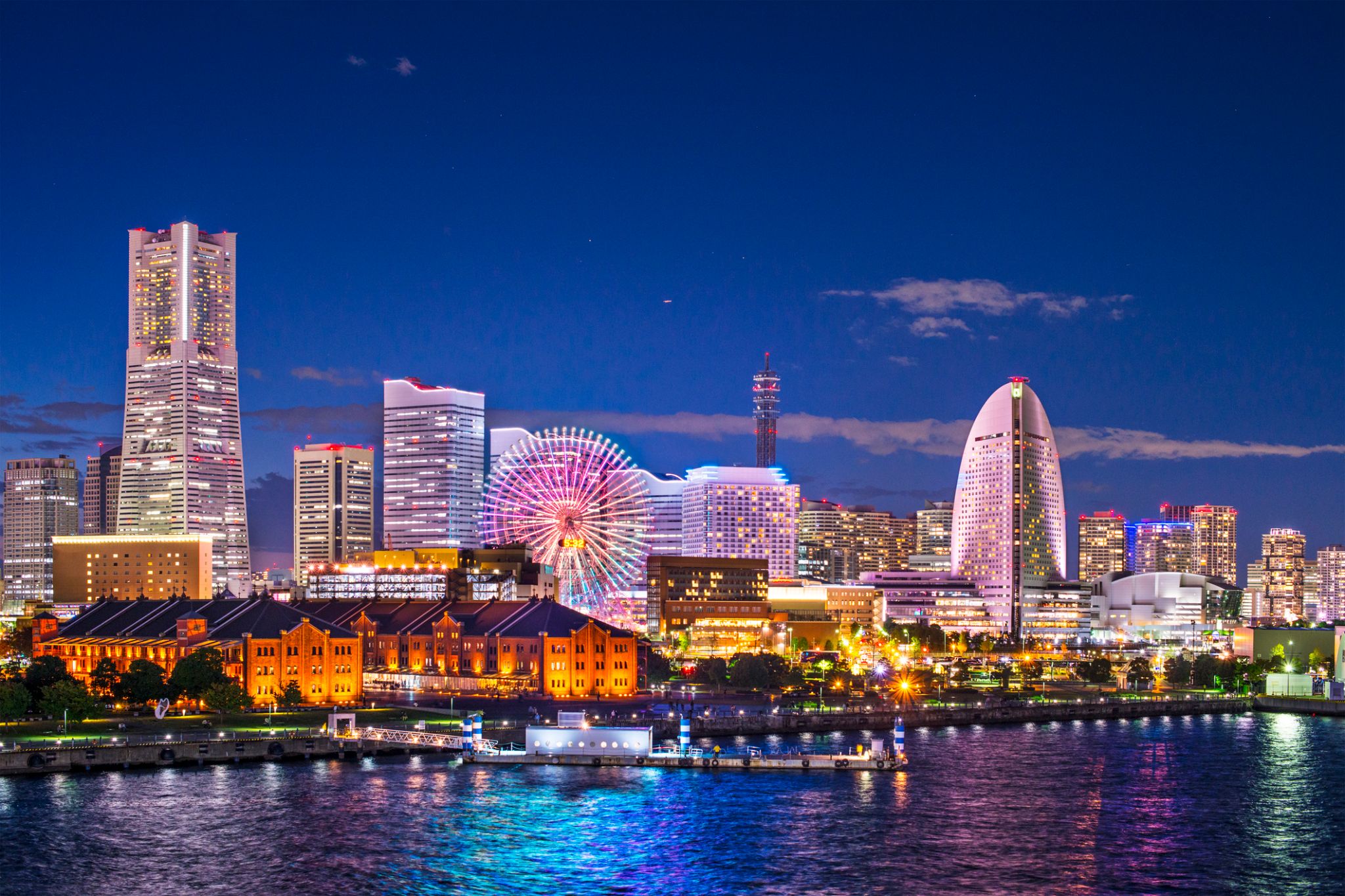
Tokyo, officially Tokyo Metropolis, one of the 47 prefectures of Japan, has served as the Japanese capital since 1869. As of 2014, the Greater Tokyo Arearanked as the most populous metropolitan area in the world. The urban area houses the seat of the Emperor of Japan, of the Japanese government and of the National Diet. Tokyo forms part of the Kantō region on the southeastern side of Japan's main island, Honshu, and includes the Izu Islands and Ogasawara Islands. Tokyo was formerly named Edo when Shōgun Tokugawa Ieyasu made the city his headquarters in 1603. It became the capital after Emperor Meiji moved his seat to the city from Kyoto in 1868; at that time Edo was renamed Tokyo. Tokyo Metropolis formed in 1943 from the merger of the former Tokyo Prefecture and the city of Tokyo. Tokyo is often referred to as a city but is officially known and governed as a "metropolitan prefecture", which differs from and combines elements of a city and a prefecture, a characteristic unique to Tokyo.
The 23 Special Wards of Tokyo were formerly Tokyo City. On July 1, 1943, it merged with Tokyo Prefecture and became Tokyo Metropolis with an additional 26 municipalities in the western part of the prefecture, and the Izu islandsand Ogasawara islands south of Tokyo. The population of the special wards is over 9 million people, with the total population of Tokyo Metropolis exceeding 13.8 million. The prefecture is part of the world's most populous metropolitan area called the Greater Tokyo Area with over 38 million people and the world's largest urban agglomeration economy. As of 2011, Tokyo hosted 51 of the Fortune Global 500 companies, the highest number of any city in the world at that time. Tokyo ranked third (twice) in the International Financial Centres Development Index. The city is home to various television networks such as Fuji TV, Tokyo MX, TV Tokyo, TV Asahi, Nippon Television, NHK and the Tokyo Broadcasting System.
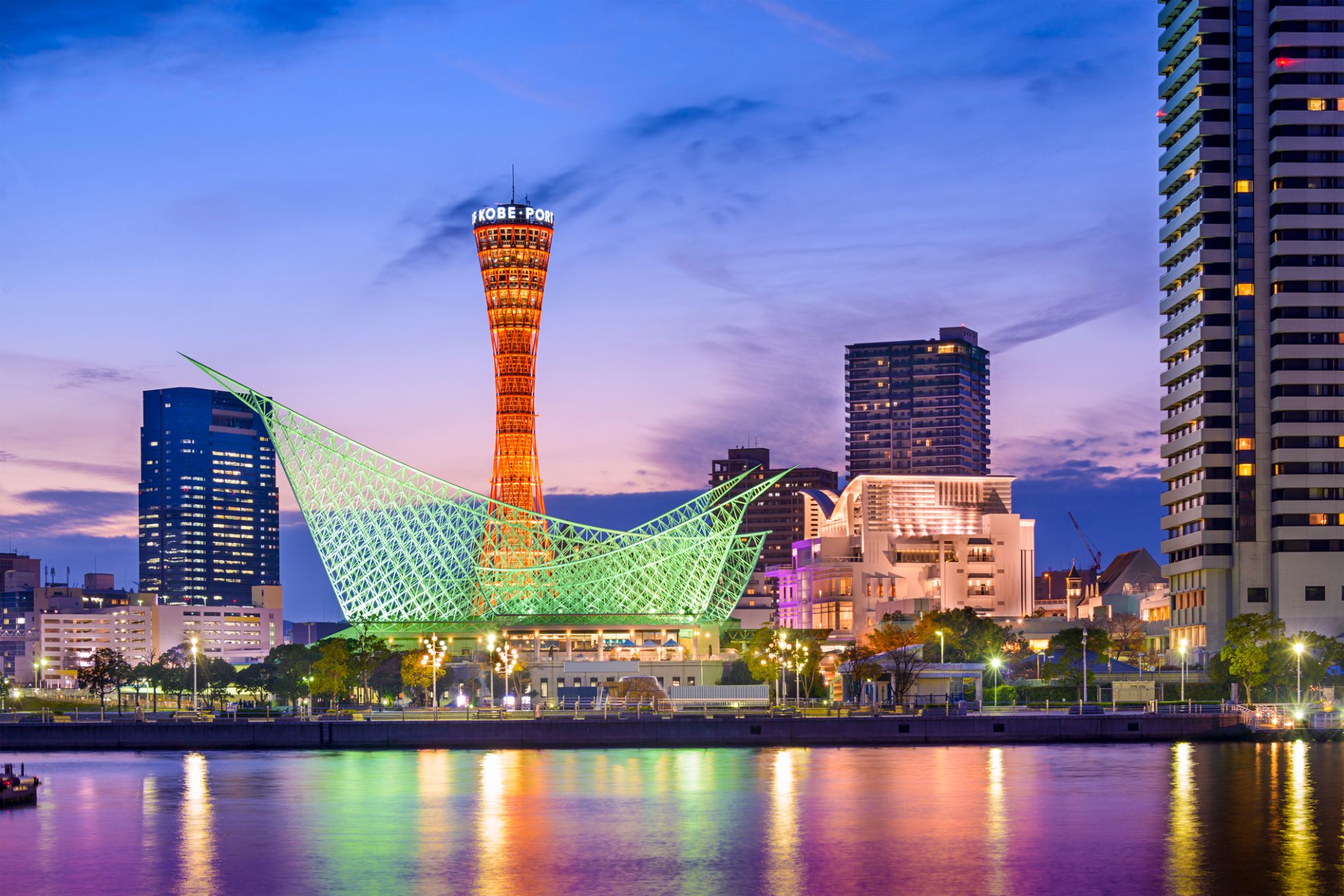
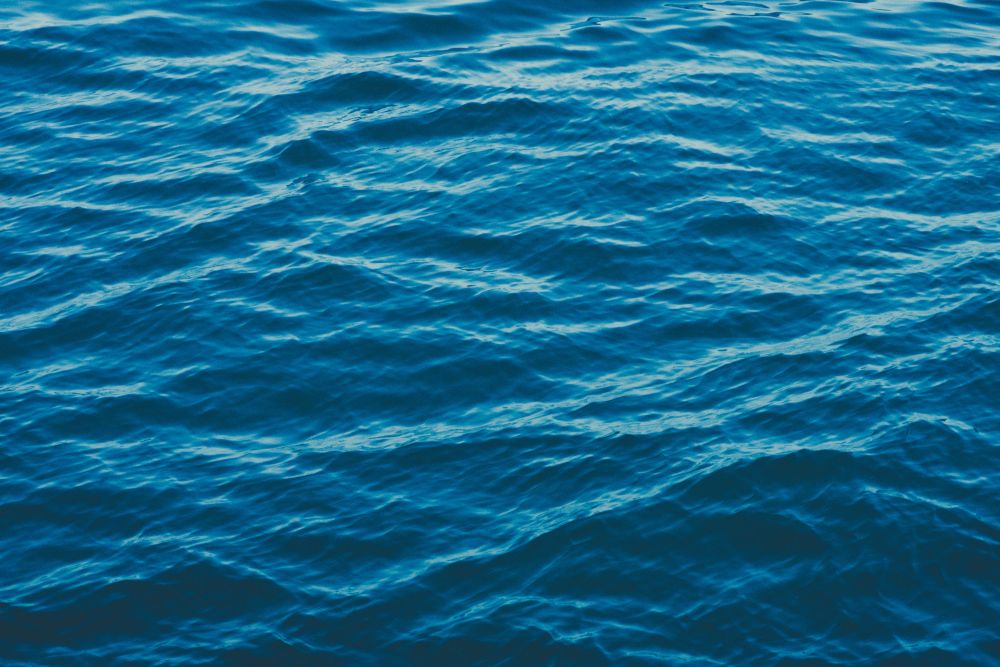
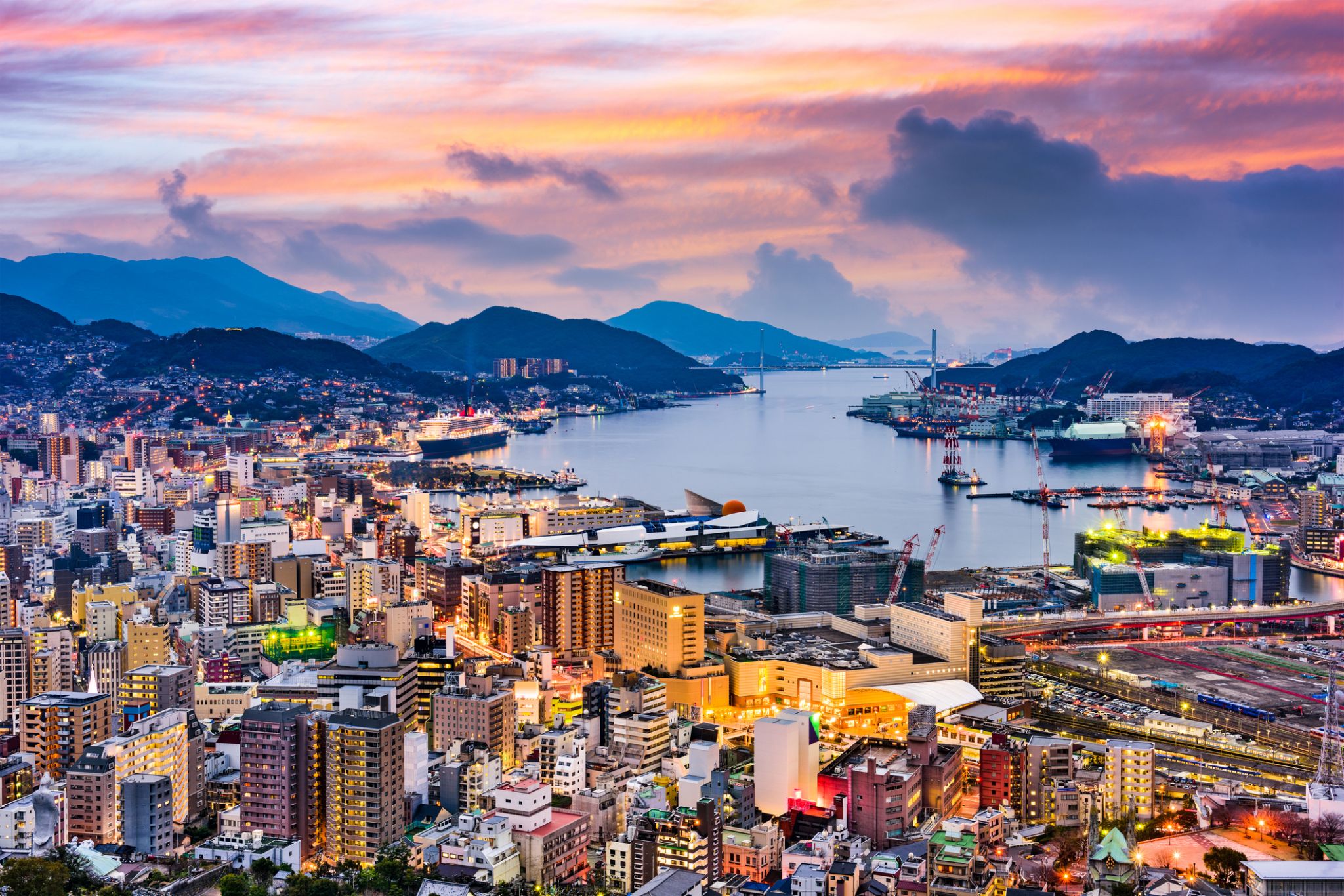
Nagasaki is the capital and the largest city of Nagasaki Prefecture on the island of Kyushu in Japan. The city's name means "long cape" in Japanese. Nagasaki became a centre of colonial Portuguese and Dutch influence in the 16th through 19th centuries, and the Hidden Christian Sites in the Nagasaki Region have been recognized and included in the UNESCO World Heritage List. Part of Nagasaki was home to a major Imperial Japanese Navy base during the First Sino-Japanese War and Russo-Japanese War.
During World War II, the American atomic bombings of Hiroshima and Nagasaki made Nagasaki the second and, to date, last city in the world to experience a nuclear attack (at 11:02 a.m., August 9, 1945 'Japan Standard Time (UTC+9)').
As of 1 March 2017, the city has an estimated population of 425,723 and a population density of 1,000 people per km2. The total area is 406.35 km2 (156.89 sq mi).
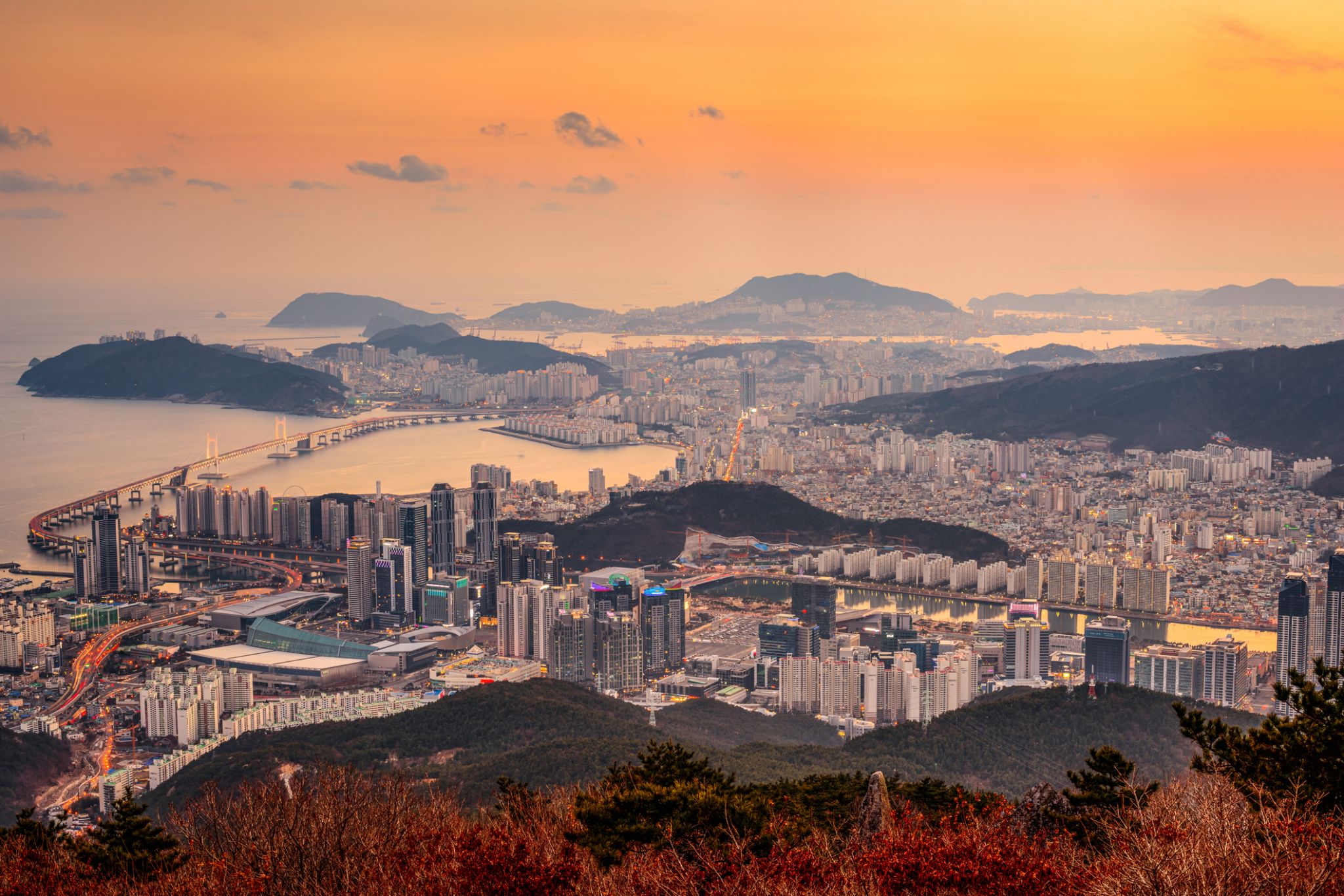
Busan, formerly known as Pusan and now officially Busan Metropolitan City, is South Korea's second most-populous city after Seoul, with a population of over 3.5 million inhabitants. It is the economic, cultural and educational center of southeastern Korea, with its port—Korea's busiest and the 9th-busiest in the world—only about 120 miles (190 km) from the Japanese islands of Kyushu and Honshu. The surrounding "Southeast Economic Zone" (including Ulsan and South Gyeongsang) is now South Korea's largest industrial area.


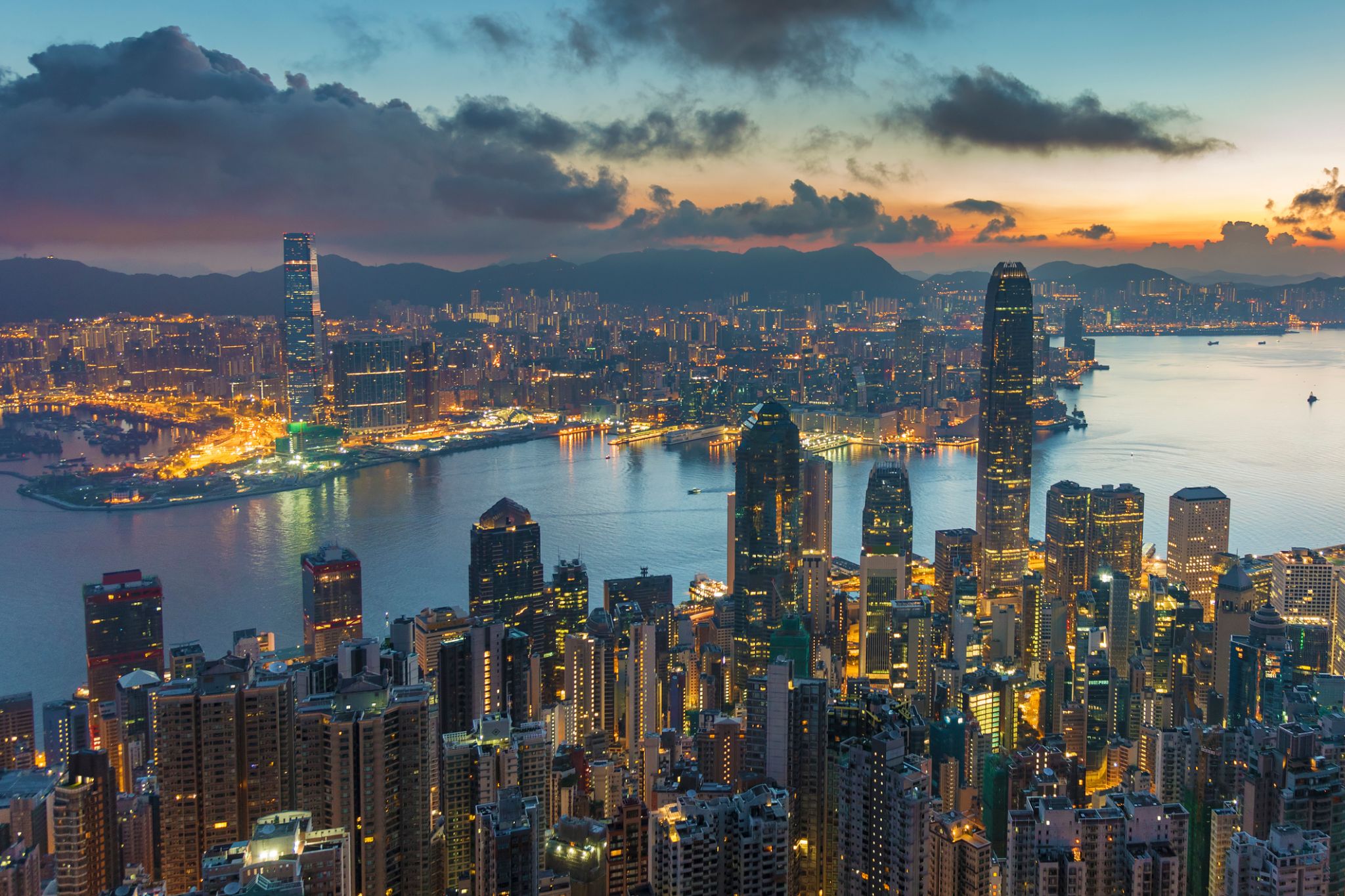
Hong Kon, officially the Hong Kong Special Administrative Region of the People's Republic of China, is a special administrative region on the eastern side of the Pearl River estuary in southern China. With over 7.4 million people of various nationalities in a 1,104-square-kilometre (426 sq mi) territory, Hong Kong is the world's fourth most densely populated region.
Hong Kong became a colony of the British Empire after Qing China ceded Hong Kong Island at the end of the First Opium War in 1842. The colony expanded to the Kowloon Peninsula in 1860 after the Second Opium War, and was further extended when Britain obtained a 99-year lease of the New Territories in 1898. The territory was returned to China when the lease expired in 1997. As a special administrative region, Hong Kong's system of government is separate from that of mainland China and its people overwhelmingly identify as Hongkongers rather than Chinese.
Originally a sparsely populated area of farming and fishing villages, the territory has become one of the world's most significant financial centres and commercial ports. It is the world's seventh-largest trading entity, and its legal tender (the Hong Kong dollar) is the world's 13th-most-traded currency. Although the city has one of the highest per capita incomes in the world, it has severe income inequality.
The territory has the largest number of skyscrapers in the world, most surrounding Victoria Harbour. Hong Kong ranks seventh on the UN Human Development Index, and has the sixth-longest life expectancy in the world. Although over 90 per cent of its population uses public transportation, air pollution from neighbouring industrial areas of mainland China has resulted in a high level of atmospheric particulates.

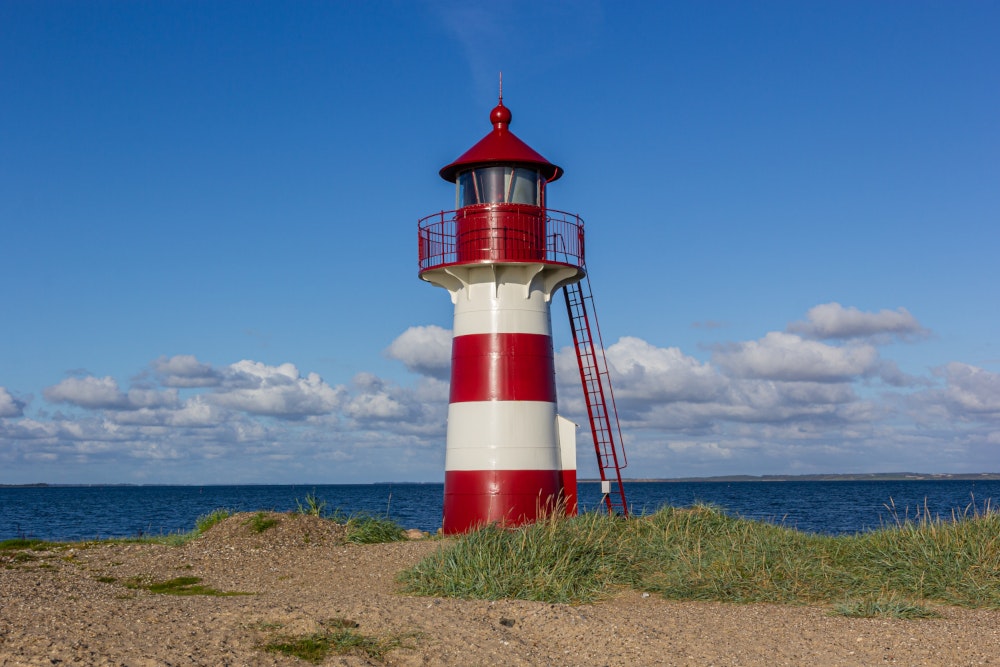
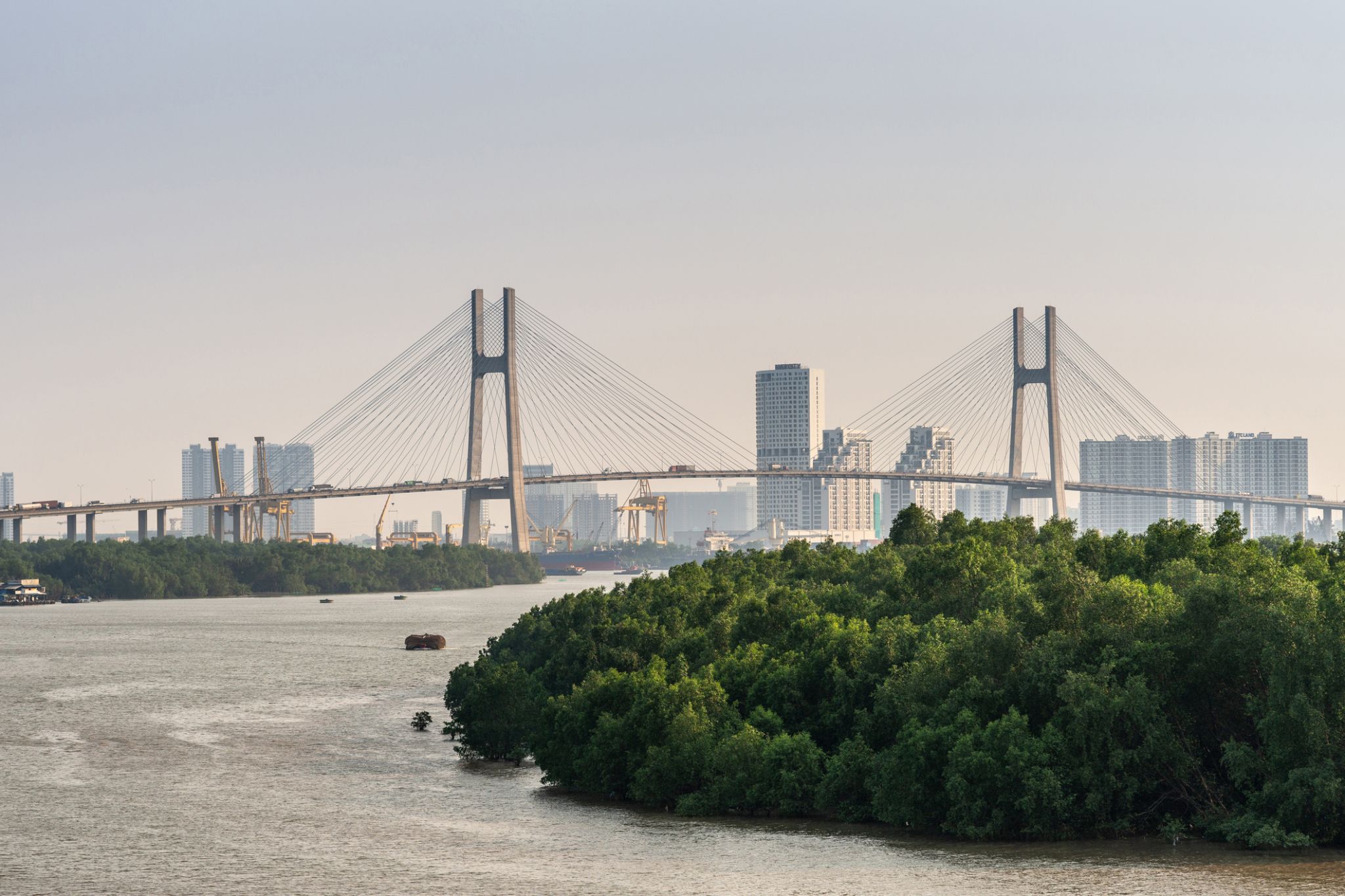


Wśród tropikalnych wysp Tajlandii Koh Samui wyróżnia się swoją unikalną naturą i atmosferą. Ta wyspa przyciąga podróżnych z całego świata swoimi białymi, piaszczystymi plażami, malowniczymi wodospadami i gęstymi dżunglami. To idealne miejsce na relaks, niezależnie od tego, czy chodzi o sport wodny, odkrywanie natury, czy po prostu cieszenie się ciszą i pięknem.
Dodatkowo, Koh Samui jest znana ze swojego dziedzictwa kulturowego, w tym wielu buddyjskich świątyń i sanktuariów. Jedną z najbardziej znanych jest Świątynia Wielkiego Buddy, która jest nie tylko centrum religijnym, ale także jedną z głównych atrakcji wyspy. Lokalne jedzenie, w tym świeże owoce morza i egzotyczne owoce, sprawi, że podróż będzie jeszcze bardziej ekscytująca i smaczna.

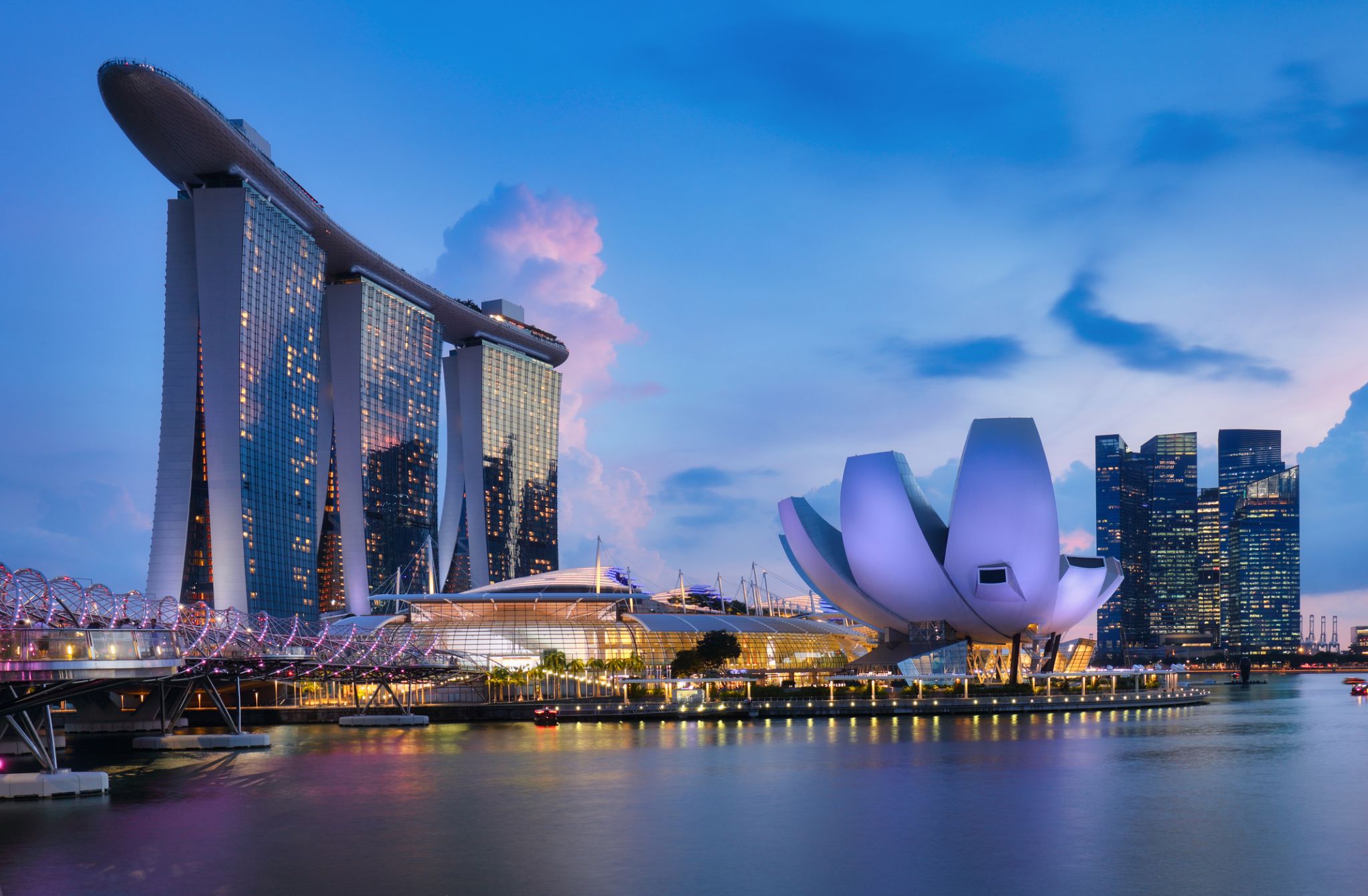

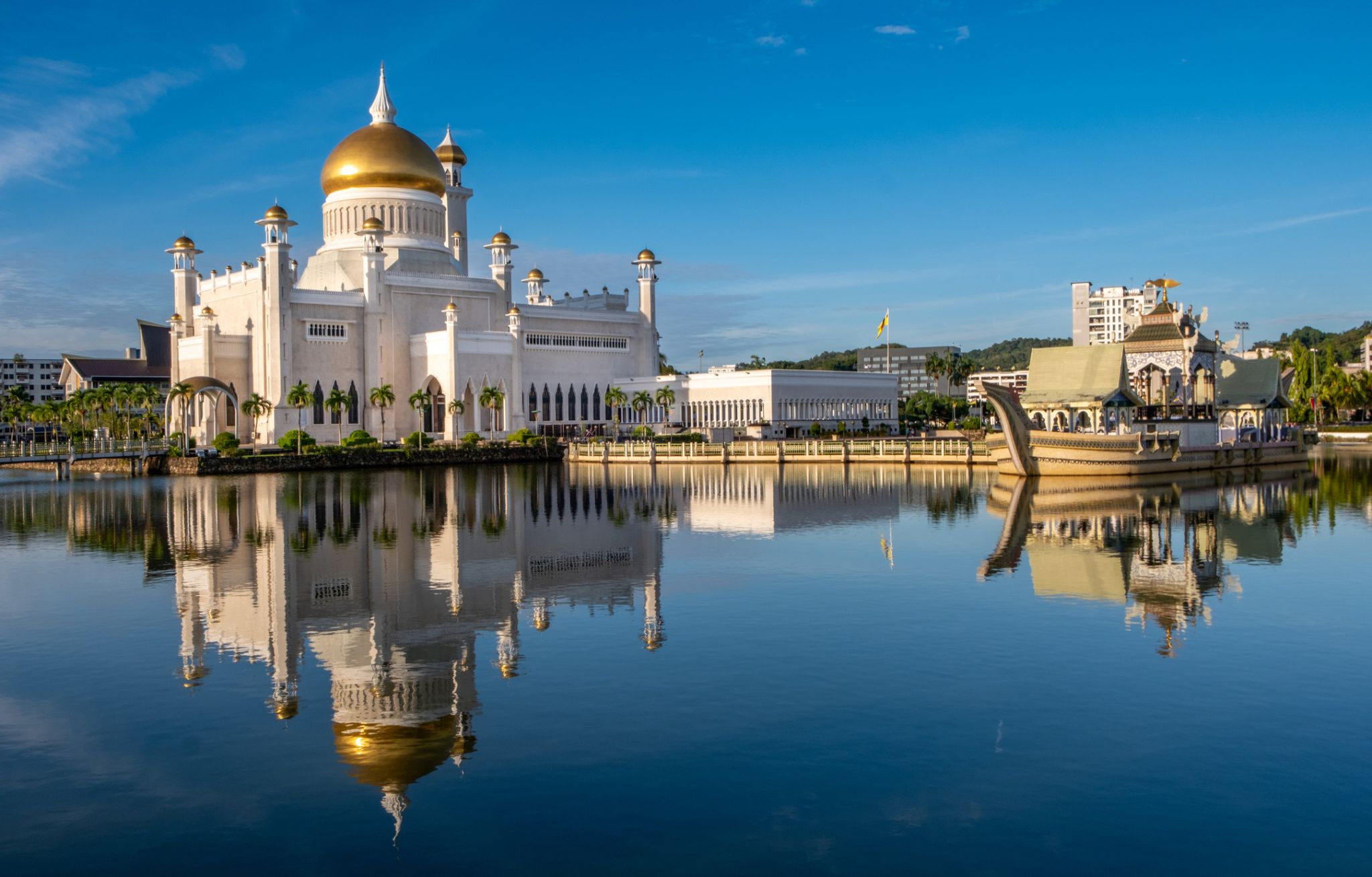





Hong Kon, officially the Hong Kong Special Administrative Region of the People's Republic of China, is a special administrative region on the eastern side of the Pearl River estuary in southern China. With over 7.4 million people of various nationalities in a 1,104-square-kilometre (426 sq mi) territory, Hong Kong is the world's fourth most densely populated region.
Hong Kong became a colony of the British Empire after Qing China ceded Hong Kong Island at the end of the First Opium War in 1842. The colony expanded to the Kowloon Peninsula in 1860 after the Second Opium War, and was further extended when Britain obtained a 99-year lease of the New Territories in 1898. The territory was returned to China when the lease expired in 1997. As a special administrative region, Hong Kong's system of government is separate from that of mainland China and its people overwhelmingly identify as Hongkongers rather than Chinese.
Originally a sparsely populated area of farming and fishing villages, the territory has become one of the world's most significant financial centres and commercial ports. It is the world's seventh-largest trading entity, and its legal tender (the Hong Kong dollar) is the world's 13th-most-traded currency. Although the city has one of the highest per capita incomes in the world, it has severe income inequality.
The territory has the largest number of skyscrapers in the world, most surrounding Victoria Harbour. Hong Kong ranks seventh on the UN Human Development Index, and has the sixth-longest life expectancy in the world. Although over 90 per cent of its population uses public transportation, air pollution from neighbouring industrial areas of mainland China has resulted in a high level of atmospheric particulates.


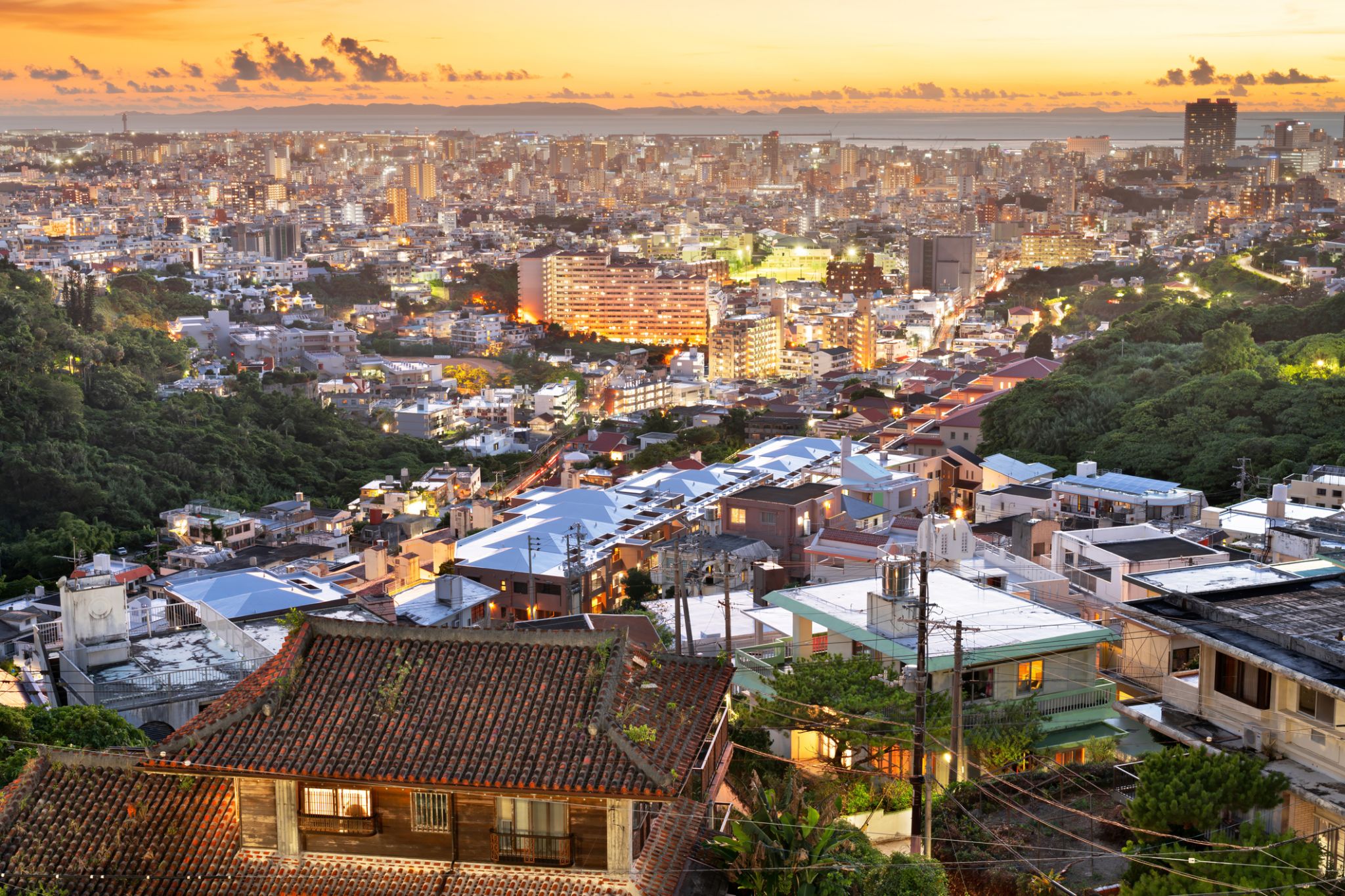
Naha — brama do kultury Riukiu i rytmów tropikalnej Japonii
Naha to główne miasto wyspy Okinawa i kulturalne serce dawnego Królestwa Riukiu. Mimo nowoczesnych budynków i ruchliwych ulic, miasto starannie pielęgnuje ślady swojej unikalnej przeszłości. Jedną z głównych atrakcji jest zamek Shuri — historyczna rezydencja królów Riukiu i obiekt Światowego Dziedzictwa UNESCO, częściowo odbudowany po pożarze w 2019 roku. W Naha znajduje się również słynna ulica Kokusai-dori — centrum handlu, gastronomii i rozrywki, gdzie można spróbować tradycyjnych dań Okinawy i zakupić rękodzieło lokalnych rzemieślników.
Miasto cieszy się ciepłym klimatem przez cały rok i stanowi punkt wyjścia do białych plaż i raf koralowych południowych wysp. W pobliżu centrum znajduje się ogród Fukushu-en — malowniczy chiński ogród przypominający o historycznych związkach Okinawy z Chinami. Targ Matsuyama i zabytkowa dzielnica Tsuboya, znana z ceramiki, pozwalają poczuć codzienne życie mieszkańców wyspy. Naha to idealne połączenie historii, kuchni i spokojnego, wyspiarskiego rytmu, jakiego nie znajdziesz nigdzie indziej w Japonii.

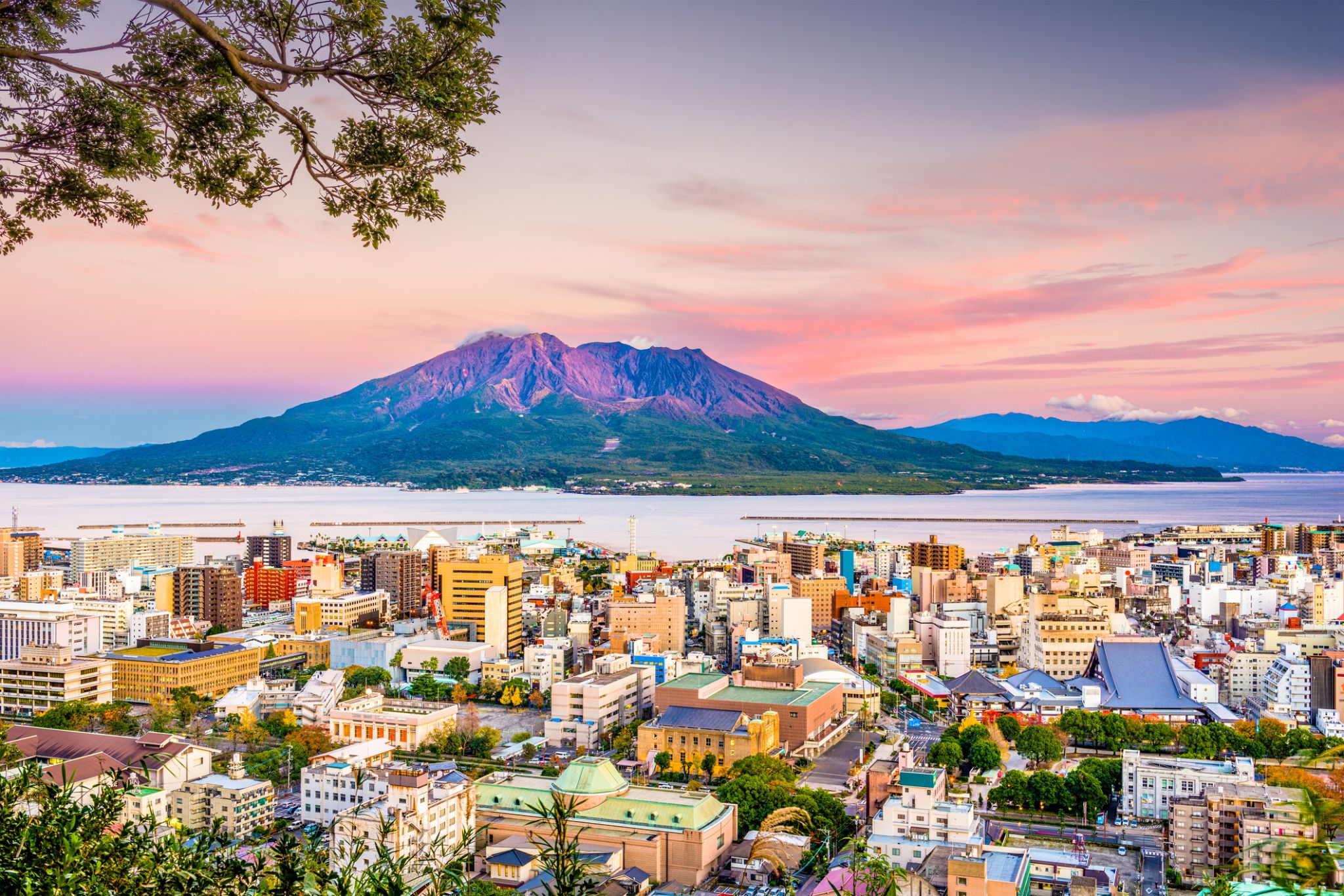
Kagoshima is the capital city of Kagoshima Prefecture at the south western tip of the island of Kyushu in Japan, and the largest city in the prefecture by some margin. It has been nicknamed the "Naples of the Eastern world" for its bay location (Aira Caldera), hot climate, and emblematic stratovolcano, Sakurajima. The city was officially founded on April 1, 1889.

Tokyo, officially Tokyo Metropolis, one of the 47 prefectures of Japan, has served as the Japanese capital since 1869. As of 2014, the Greater Tokyo Arearanked as the most populous metropolitan area in the world. The urban area houses the seat of the Emperor of Japan, of the Japanese government and of the National Diet. Tokyo forms part of the Kantō region on the southeastern side of Japan's main island, Honshu, and includes the Izu Islands and Ogasawara Islands. Tokyo was formerly named Edo when Shōgun Tokugawa Ieyasu made the city his headquarters in 1603. It became the capital after Emperor Meiji moved his seat to the city from Kyoto in 1868; at that time Edo was renamed Tokyo. Tokyo Metropolis formed in 1943 from the merger of the former Tokyo Prefecture and the city of Tokyo. Tokyo is often referred to as a city but is officially known and governed as a "metropolitan prefecture", which differs from and combines elements of a city and a prefecture, a characteristic unique to Tokyo.
The 23 Special Wards of Tokyo were formerly Tokyo City. On July 1, 1943, it merged with Tokyo Prefecture and became Tokyo Metropolis with an additional 26 municipalities in the western part of the prefecture, and the Izu islandsand Ogasawara islands south of Tokyo. The population of the special wards is over 9 million people, with the total population of Tokyo Metropolis exceeding 13.8 million. The prefecture is part of the world's most populous metropolitan area called the Greater Tokyo Area with over 38 million people and the world's largest urban agglomeration economy. As of 2011, Tokyo hosted 51 of the Fortune Global 500 companies, the highest number of any city in the world at that time. Tokyo ranked third (twice) in the International Financial Centres Development Index. The city is home to various television networks such as Fuji TV, Tokyo MX, TV Tokyo, TV Asahi, Nippon Television, NHK and the Tokyo Broadcasting System.